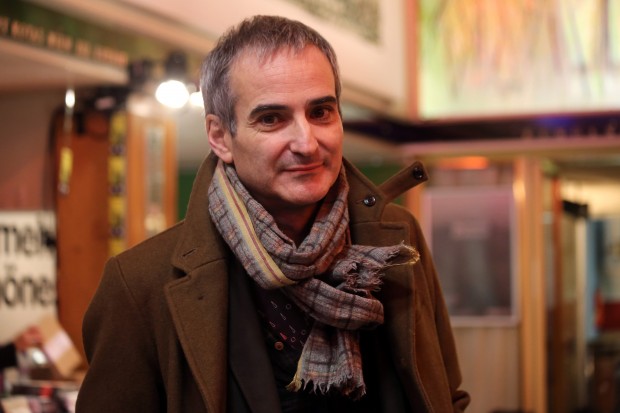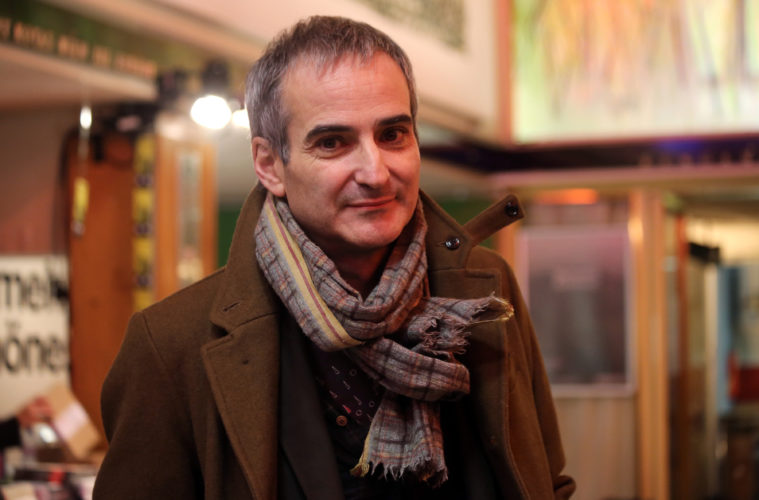
Dailies is a round-up of essential film writing, news bits, and other highlights from across the Internet. If you’d like to submit a piece for consideration, get in touch with us in the comments below or on Twitter at @TheFilmStage.
At Criterion, Olivier Assayas (our interview) ranks his 22 favorite films in the collection, topped by Luchino Visconti‘s The Leopard:
One of the greatest films ever made by a director who, almost forty years after his death, is still an intimidating and disturbing figure in the history of cinema. Visconti’s films stand outside the borders of the medium, by their ambition, by their scope, uniting past and present, individuals and history, both deeply human and transcendent. The Leopard, his most translucent, towering achievement, embodies everything the best filmmaking can be, grand, profound, entertaining, physical and metaphysical, sharp as a blade and melodramatic. It stays with you, forever.
Watch a video essay on the symmetry within Rear Window:
At The Talkhouse, Alex Ross Perry discusses Aloha:
I’d like to begin this piece on Cameron Crowe’s new film, Aloha, by talking about a movie that doesn’t exist. It stars a newcomer named Danielle Rose Russell, an appealing performer with a limited list of credits and with whom the audience has little or no preexisting identification. Rachel McAdams and John Krasinski play her parents and the film focuses on the familial unrest and turmoil that occurs when one of the mother’s ex-boyfriends shows up in town. The family unit is disrupted as old secrets are brought to light, but in the end everything works out and people learn a little and grow a little because the filmmakers believe this is how life works. It features a soundtrack of pleasant music that I find tedious and repetitive, premieres at a nice film festival, sells for a ton of money and is eventually released as a piece of quality independent cinema, despite being very traditional and entirely safe. It is warmly anticipated, and packaged and sold to an audience that is satisfied with the transaction.
Watch a Ford commercial from 1960 featuring Buster Keaton:
ScreenCrush‘s Matt Singer on the death of the long take:
All of these shots are lavish, intricate, undoubtedly expensive — and they’ve all been met with a collective meh from audiences. 15 or 20 years ago, any of these single-take sequences would have been the focus of magazine articles, extensive DVD featurettes, and glowing critical hosannas. Today, they come and go with almost no impact on a near-weekly basis. What the hell is happening to the long take?
Watch a recent 30-minute talk with Thomas Vinterberg and Matthias Schoenaerts:

